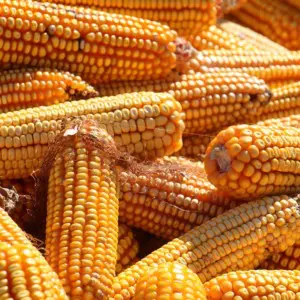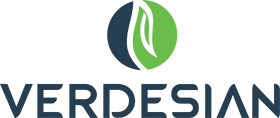
Corn
Corn is the number one crop grown in the U.S. To maximize yield and crop quality, corn needs nutrients — especially nitrogen. But when it comes to fertilizer, the rule of thumb is quality, not quantity. Too much K and N can get lost in the soil. Ensure your plants are getting the nutrients they need with our nutrient use efficiency products, giving you increased yields and a higher ROI.
View Corn ProductsTop Corn Products
Legend
Corn Crop FAQs
What are the different types of corn crops?

What are the best practices for planting and fertilizing corn crops?

How can I effectively manage common corn pests and diseases, such as corn rootworm, gray leaf spot, and common rust?

Key Considerations for Corn Crops
Nutrient Management
Nitrogen and potassium are the most important nutrients for successful growth in corn crops. However, it’s not enough to apply fertilizer and hope for the best. Corn can only absorb a limited amount of nitrogen and potassium without help, and any excess will be lost through fixation or leaching. For optimal results in those critical growth stages (especially V6), nitrogen and potassium need efficiency increases. You can give them the efficiency boost they need with our nutrient use efficiency products listed above.
By improving plant metabolism or reducing fixation, our lineup of nutrient use efficiency products can help increase your corn’s nutrient uptake, giving it more of the nutrients it needs for optimal growth, all while helping you maximize your fertilizer ROI.
Soil and Temperature Requirements
Corn is very sensitive to water-logging, so well-drained, sandy loam soils or silty clay loams are ideal. Corn crops can be very sensitive to frost, so it’s important to plant in moderately warm soil and harvest early, before the weather turns.
Pest Management
Weeds tend to compete with corn for resources. Unfortunately, corn is also susceptible to insect and disease damage, which is highly influenced by the season’s weather conditions. To combat pest and disease pressure, herbicides, pesticides and fungicides are recommended as part of an integrated pest management program.
Key Nutrients
Nitrogen
For yield, quality and maximum economic return, nitrogen is key. Apply early for best results, but split applications can also be beneficial. However, more nitrogen doesn’t mean more uptake. Additional applications can often increase N lost to the soil, so, increasing your nitrogen efficiency could generate a higher ROI than applying more fertilizer.
Potassium
Needed almost as much as nitrogen, potassium uptake is rapid, especially during stem extension. This is why potassium—like nitrogen—needs its efficiency increased.
Phosphorus
Key for rapid, early growth as well as maturity and root growth.
Micronutrients
Zinc
Important for root and shoot development, but not as critical for growth as N, P and K.
Copper
Important for root and shoot development, but not as critical for growth as N, P and K.
Manganese
Important for root and shoot development, but not as critical for growth as N, P and K.
Products for Corn
Legend
Ferrous (Iron) Sulfate





















